For generations, Ao Dai has always been considered the traditional costume of Vietnamese women. The Ao Dai has become a beauty in Vietnamese culture, an embodiment of the nation, a symbol of the beauty of Vietnamese women.
The image of the Ao Tu Than, Ngu Than with the yếm đào (traditional Vietnamese dress) and the crow's beak scarf (the predecessor of today's Ao Dai) has long been mentioned in folk songs and folk songs. It is also an endless source of inspiration for the works of artists and journalists. But not only is it the traditional costume of the nation, Ao Dai is also a special image in cultural
diplomacy , connecting Vietnam and the world.
"How beautiful, the homeland gives us a magical dress. Wherever we are... Paris, London or in faraway lands , Seeing ao dai fluttering on the street , We will see the soul of the homeland there... my dear!" The lyrics in the song "A glimpse of the homeland" by musician Tu Huy-Thanh Tung show the pride in the presence of Vietnamese Ao Dai in many places around
the world . Today, Ao Dai is not only for Vietnamese women, but many foreigners (especially wives, diplomats,...) also choose Ao Dai to wear as a way to respect Vietnamese culture. Ao Dai is not only present in Vietnam but also in all continents, or in major international events. The Ao Dai has truly become a proud image to identify the country and people of Vietnam with international friends.
Ao dai is an inheritance from traditional foundations.
According to Associate Professor Dr. Pham Van Duong - Deputy Director of the Institute of Cultural Studies, Vietnam Academy of Social Sciences , Ao Dai is not the creation of one person at a time but the inheritance of thousands of years of traditional culture. In other words, Ao Dai is a creation on an existing foundation and the popular Ao Dai today is the result of many innovations.
Associate Professor Dr. Pham Van Duong said: “The Ao Dai originated from the Four-panel dress of Vietnamese women in the feudal period and was modernized many times. In the early 20th century, artist Lemur (Nguyen Cat Tuong) modernized the Four-panel and Five-panel dress to create a version of the Ao Dai close to the one we see today. From the Four-panel and Five-panel dress, artist Cat Tuong added modern features of Western costumes, which was to tighten the waist to highlight the curves of the woman's body, and at the same time, incorporated elements of Western dresses such as ruffled sleeves and innovative necklines... to highlight the charm and seduction of women.” In the 1960s, artist Le Pho of the Indochina College of Arts introduced a more traditional Ao Dai design. The neck of the Ao Dai was designed to be more discreet, not revealing too much but still maintaining the soft curves of the woman's body. Many women prefer to wear the ao dai designs of artist Le Pho because Vietnamese women still like modesty and delicacy, especially girls in the North.
According to Associate Professor Dr. Pham Van Duong, since the 1970s, Ao Dai has become popular. If in the past, only a part of the population wore Ao Dai such as the intellectual class in the city... then later Ao Dai has become popular to all classes of people, from the plains, rural areas to urban areas... Previously, Ao Dai was used in important occasions such as weddings, festivals... but today, Ao Dai is used in all events. "For the Vietnamese people, Ao Dai has become a beautiful part of Vietnamese culture, it is an indispensable costume in important events of the country and the nation" - Associate Professor Dr. Pham Van Duong said.
Preserving the nation's unique identity through the image of Ao Dai
Associate Professor Dr. Pham Van Duong said: “First of all, it must be affirmed that identity is the unique features that distinguish between ethnic groups, communities or countries. In the world, each ethnic group, each country, each community has its own characteristics. Those unique features are not only expressed in material values such as house architecture, household items... but also in spiritual values and aesthetic taste. In our country, Ao Dai is the costume that Vietnamese women always choose to wear in important events of their lives. Since then, Ao Dai has become a unique feature, an identity and is not mixed or dissolved in the context of international exchange and integration. That unique feature helps the international community easily recognize the beauty, charm and aesthetic taste of Vietnamese women. That is called identity”.
It can be seen that, through historical periods, Vietnamese Ao Dai has changed through many styles and materials from modern to innovative. Ao Dai has also been transformed into wedding dresses, modernized dresses... But wherever, however, the traditional Ao Dai of Vietnamese women still retains the graceful, sexy, discreet features that no other outfit can bring. Ao Dai is shaped to become a unique feature of Vietnamese women and is recognized by the world.
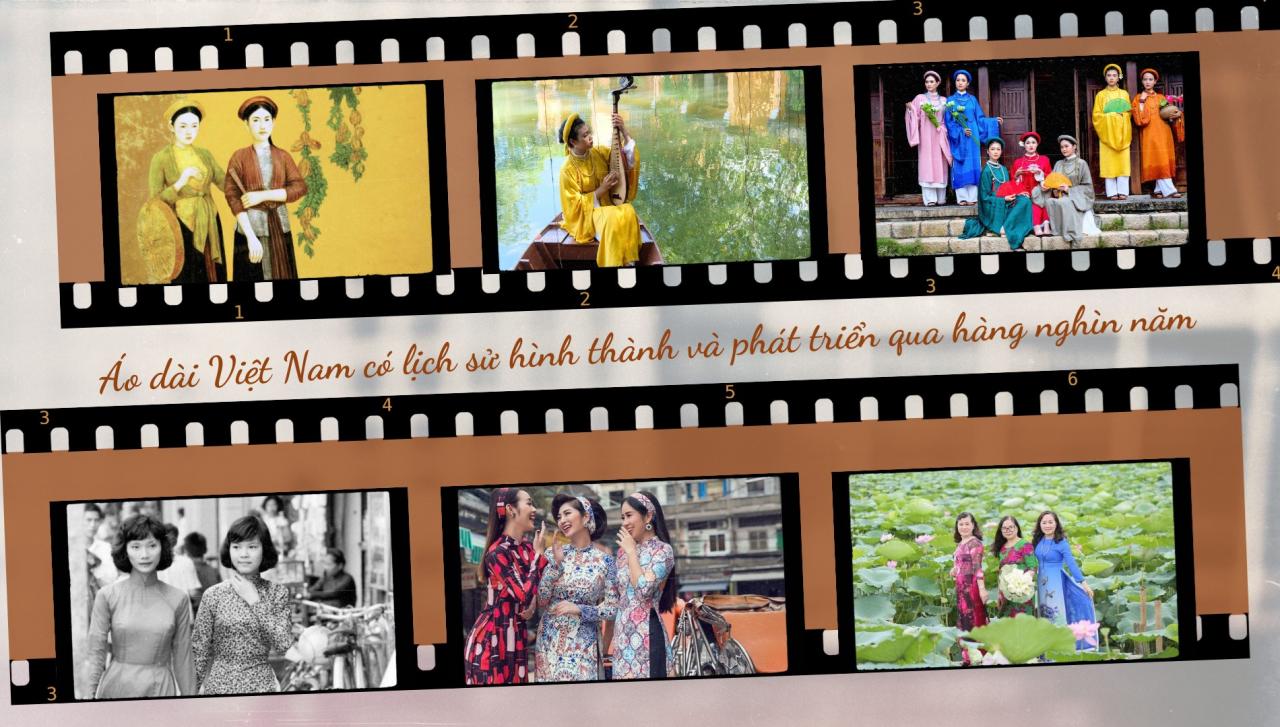 |
“On the splendid streets of New York or Paris, when seeing a girl wearing Ao Dai, she herself wants to express the unique beauty of her country and her personality. As for those who admire that image, they themselves know that this is a Vietnamese girl, their consciousness realizes that the outfit belongs to Vietnamese culture,” Associate Professor, Dr. Pham Van Duong emphasized. However, it would be a mistake to talk about Vietnamese Ao Dai without mentioning Ao Dai for men. But unlike women, men often only wear traditional Ao Dai on special occasions such as: Tet holidays, weddings, or in traditional cultural events. Although it is not a popular choice of clothing like women, men wearing traditional Ao Dai contributes to preserving and promoting the unique identity of national culture through the image of Ao Dai.
Symbol of "cultural self-defense" against integration trends
At the first National Cultural Conference in 1946, President Ho Chi Minh emphasized the guiding and guiding role of culture in the development of the country and the nation through the affirmation: "Culture must light the way for the nation". Promoting that spirit, our Party and State always identify cultural diplomacy as an important pillar in foreign affairs.
In 2021, the Prime Minister issued the Cultural Diplomacy Strategy to 2030, defining cultural diplomacy through cultural tools in diplomacy to contribute to promoting the image of the country, culture and people of Vietnam, honoring the intelligence, qualities, character, noble ideals of the Vietnamese people and elevating the value of Vietnamese culture; absorbing the quintessence of human culture, thereby arousing the aspiration to develop the country, enhancing soft power, and enhancing the country's position. Accordingly, culture must not only be placed on par with economics, politics and society, but must also build and develop culture and people - creating endogenous strength for sustainable development.
At the National Cultural Conference to implement the Resolution of the 13th National Congress of the Party,
General Secretary Nguyen Phu Trong affirmed: "Culture is the identity of the nation, if culture remains, the nation remains, if culture is lost, the nation is lost". As the General Secretary said, each nation has its own values and many values will become a system of values. A nation with many systems of values is a nation with a unique and rich culture. Let its own values become "identity", not to be confused with other cultures.
According to Associate Professor Dr. Pham Van Duong, unique identity also becomes the "cultural self-defense ability" of a nation against the trends of integration and assimilation. This has been clearly demonstrated when Vietnam experienced thousands of years of Chinese domination and Western domination, even experienced periods of cultural "assimilation" and "coercion", but Vietnam still maintained its own cultural identity. Unique identity and values shaped and created from thousands of years of history have made the country and people of Vietnam "culturally self-defense capable". Therefore, facing many historical events, the Vietnamese people still maintained a culture with its own characteristics, not assimilated, not lost over time.
"As General Secretary Nguyen Phu Trong said, a nation that preserves its culture can never be lost or destroyed, except for those without culture. So culture is an extremely important identity for the independence of the country and the nation. When people recognize their own values, they will be aware of preserving their culture and preserving that nation. A nation that does not recognize its own values, does not know where it is or what culture it belongs to, will find it difficult to survive in the rapidly evolving integration trend" - Associate Professor, Dr. Pham Van Duong said. Speaking about the value of Ao Dai, Associate Professor, Dr. Bui Hoai Son - Director of the Vietnam National Institute of Culture and Arts once emphasized at the Workshop: "Vietnamese Ao Dai: Identification, customs, values and identity" (June 26, 2020): Vietnamese Ao Dai is not simply a national costume, it also contains a rich history, cultural traditions, philosophy, aesthetic concepts, national consciousness and spirit of the Vietnamese people. Through many historical ups and downs, Ao Dai has increasingly affirmed itself as a representative costume of Vietnamese costumes, of Vietnamese people, created and innovated by Vietnamese people to suit the needs of use in modern society. Ao Dai is now not only a symbol of the image of Vietnamese women, but also represents Vietnamese culture and Vietnamese national identity to the world. Through stages of development with changes, innovations, and increasingly diverse use of materials, designs, colors, and patterns, the Vietnamese ao dai is showing strong vitality. The ao dai has overcome many challenges to preserve good traditional values, honor women, and become a symbol of modern Vietnamese culture, contributing to promoting the image of Vietnam to the world.
From a designer's perspective, designer Minh Hanh also believes that culture is always the foundation in the context of integration and globalization today. And Ao Dai is one of the objects with enough "power" to convey the messages of the times of Vietnam to the world. "Up to this point, Ao Dai has become a source of pride and also one of the irreplaceable representatives of identity. Ao Dai has marked the values of the times through messages spreading positivity to life," designer Minh Hanh affirmed. According to designer Minh Hanh, Ao Dai is the heritage of Vietnam and when it is a heritage, its inner strength is immense. She believes that Ao Dai is also an ambassador carrying messages about the positive movement of life, about the wishes of achievement in the era of globalization. It can be said that Vietnamese Ao Dai has created its "own brand" and left deep impressions every time international friends talk about the country and people of Vietnam. This brand has been affirmed, spread and inspired by every Vietnamese citizen, as well as foreigners who love Vietnam in cultural, social,
political , international diplomatic events,..../.
* The article uses some documentary photos, collected photos and photos of colleagues. News Reporter Group Dangcongsan.vn
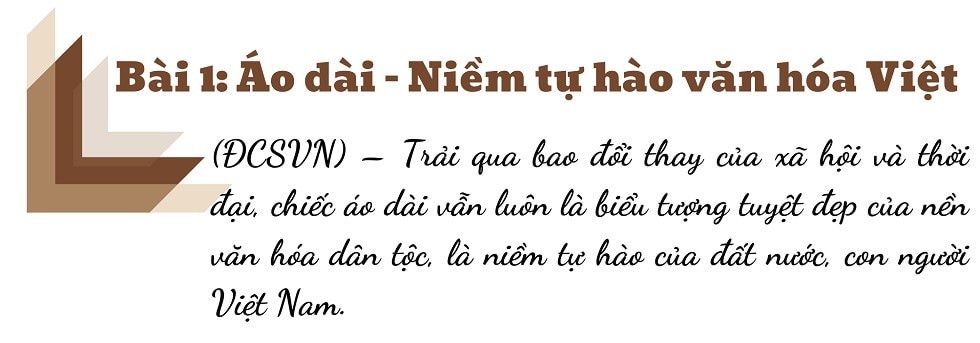
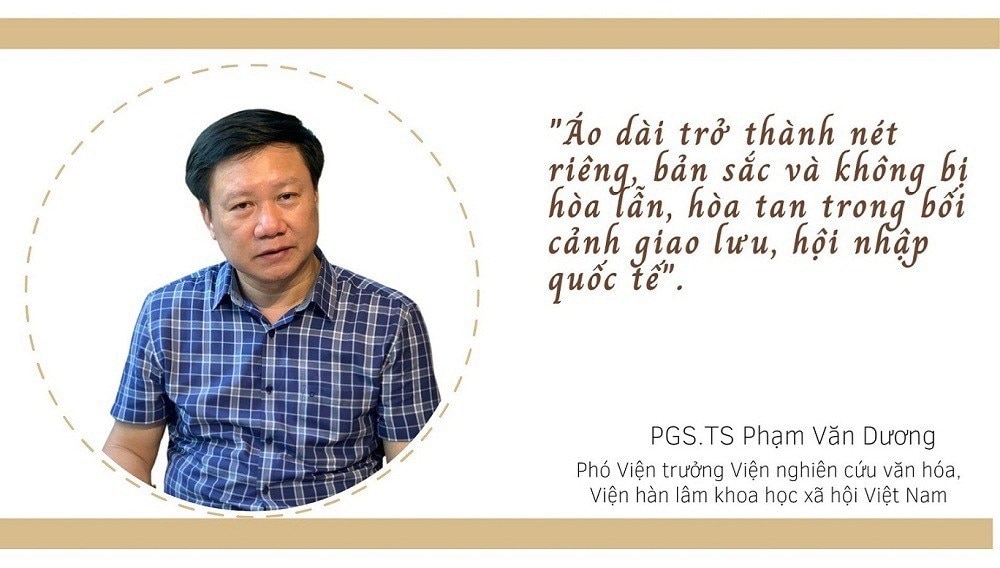

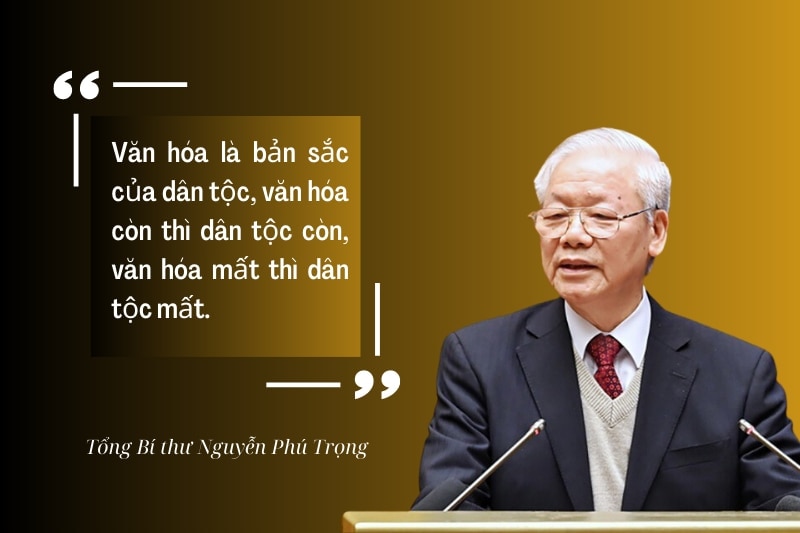
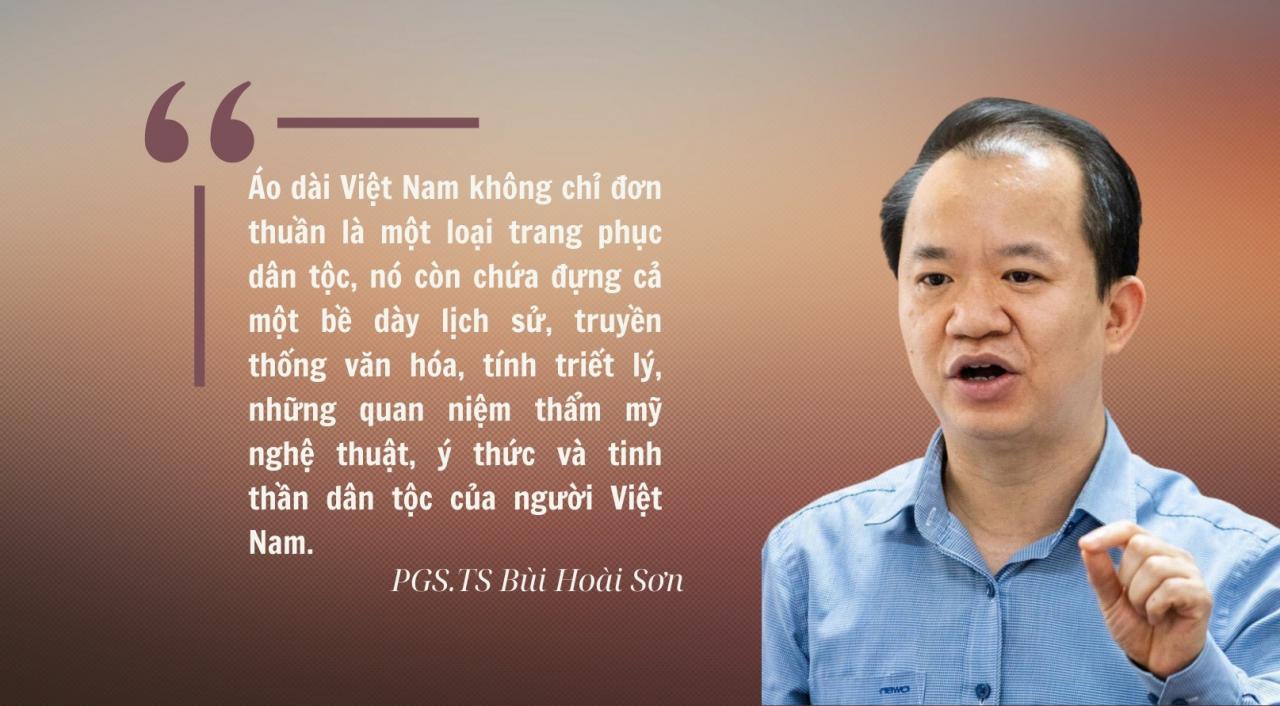


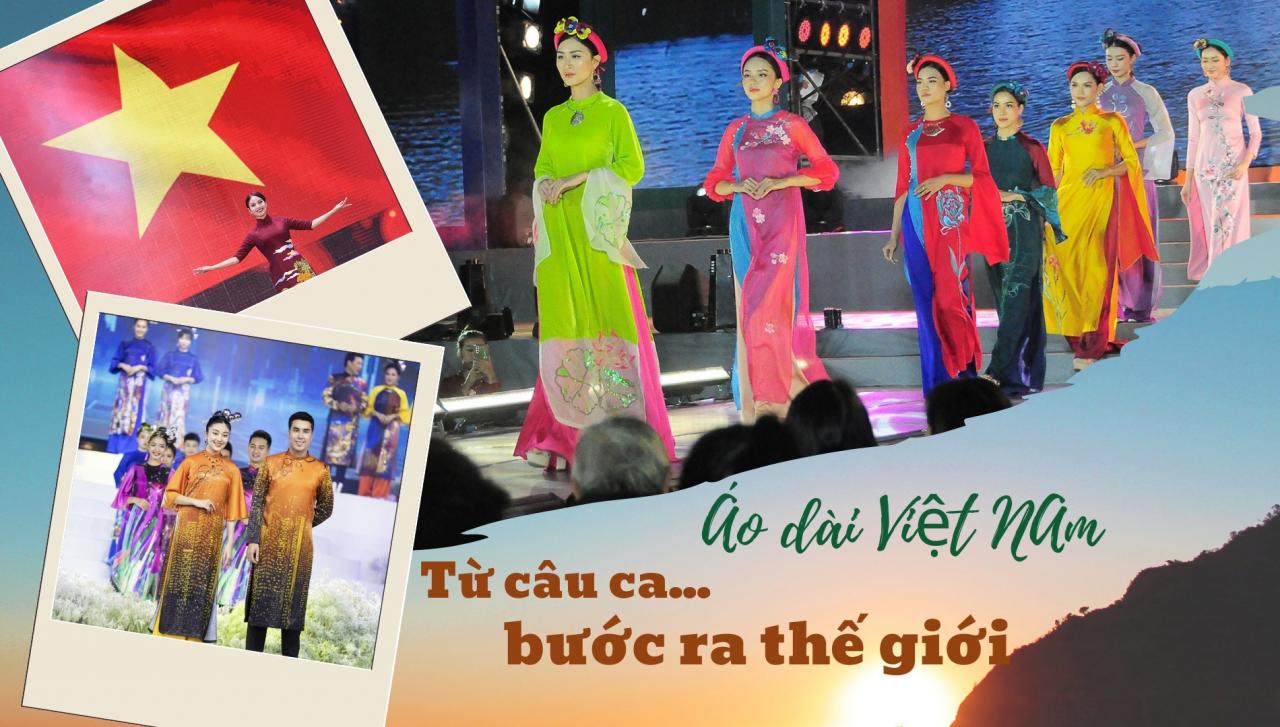
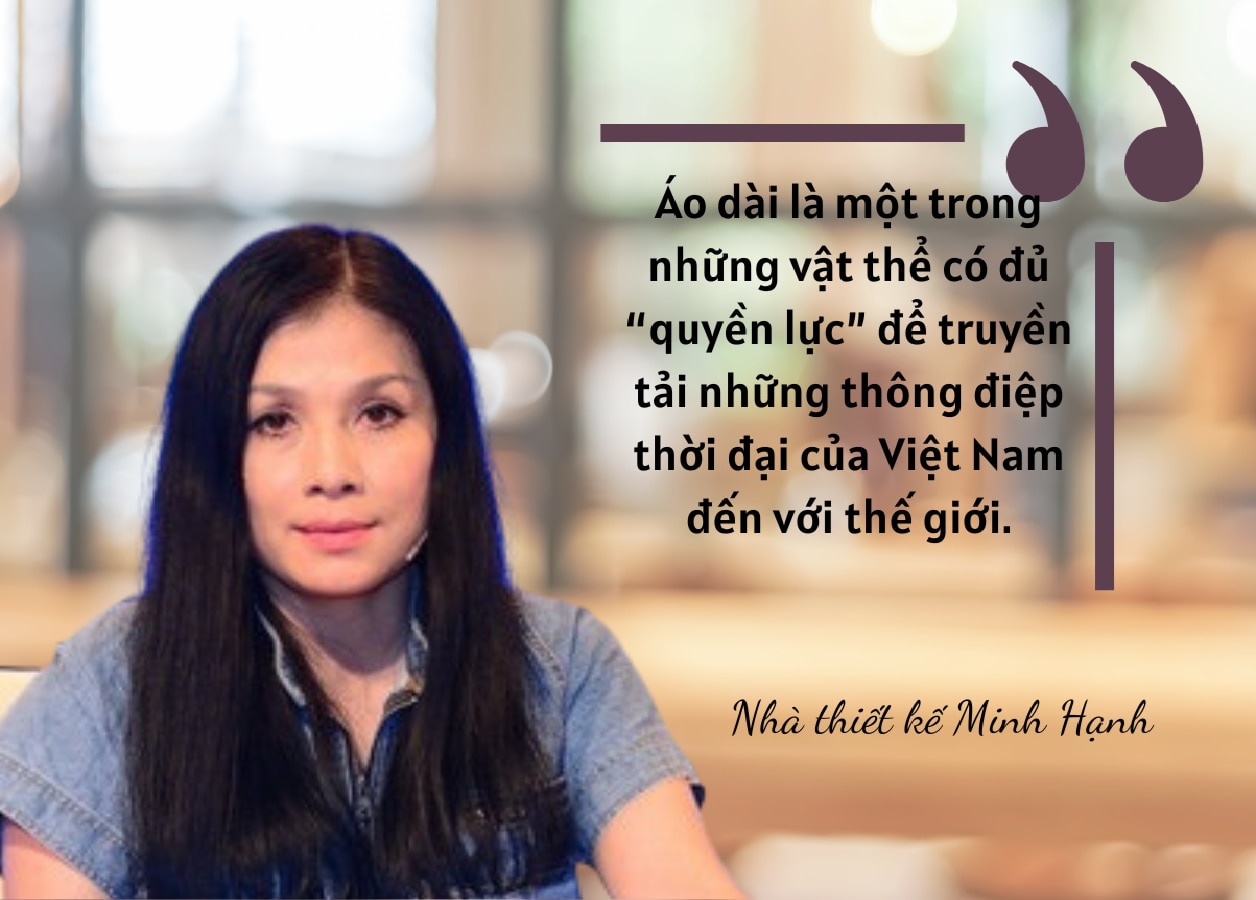






![[Photo] General Secretary To Lam receives the Director of the Academy of Public Administration and National Economy under the President of the Russian Federation](/_next/image?url=https%3A%2F%2Fvphoto.vietnam.vn%2Fthumb%2F1200x675%2Fvietnam%2Fresource%2FIMAGE%2F2025%2F12%2F08%2F1765200203892_a1-bnd-0933-4198-jpg.webp&w=3840&q=75)
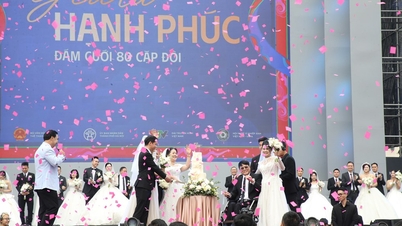

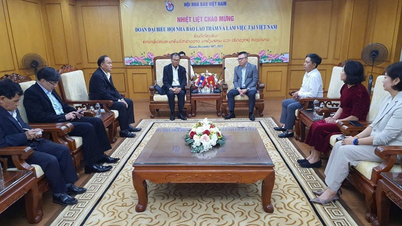



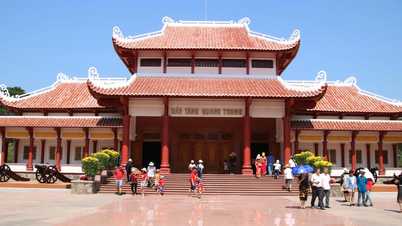



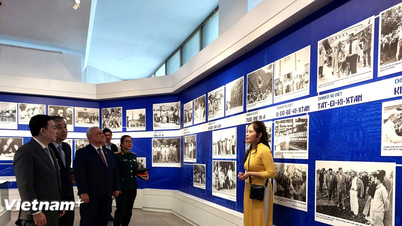





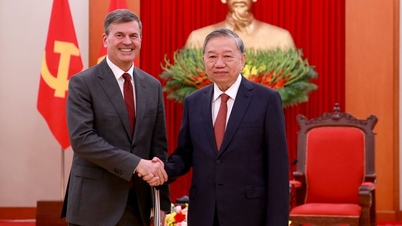
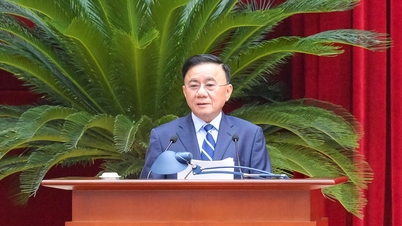
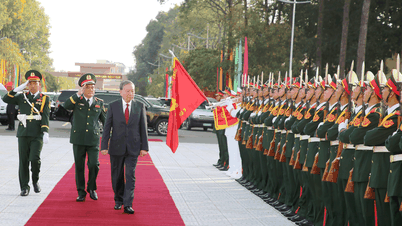



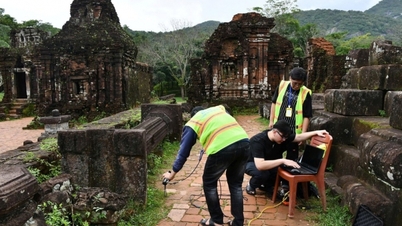

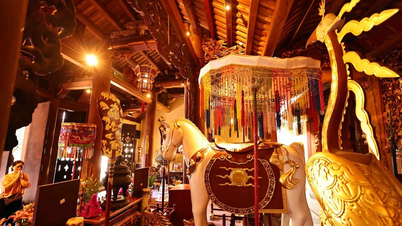


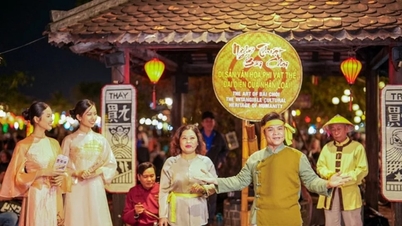

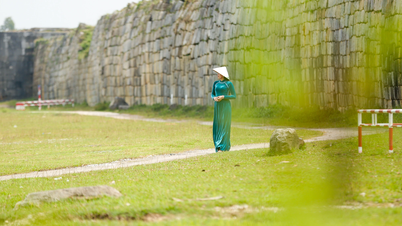


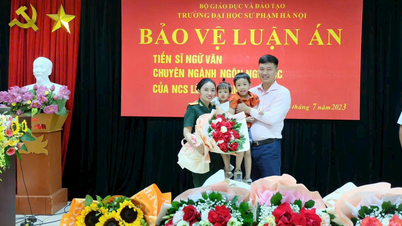
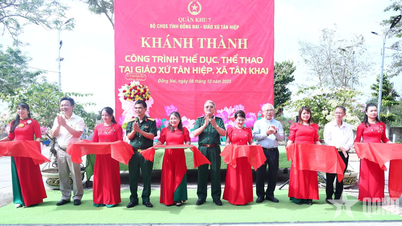
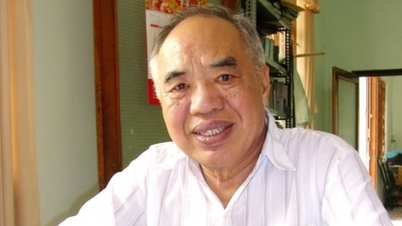

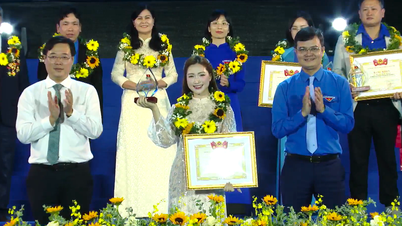

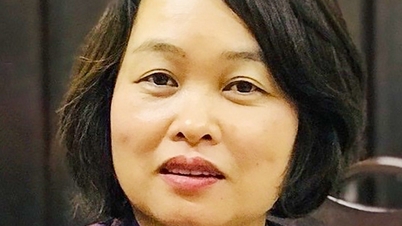



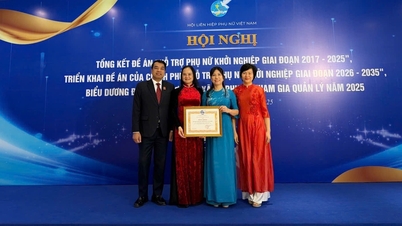

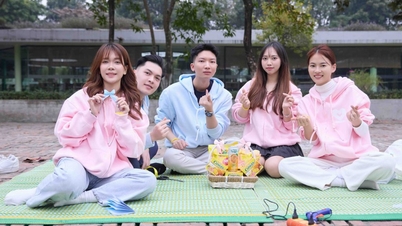


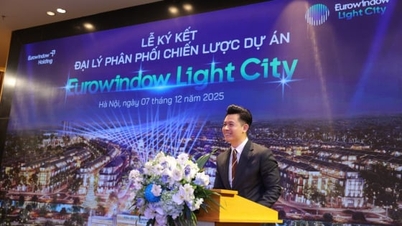









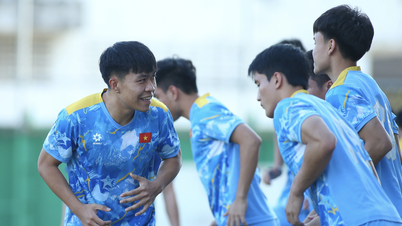
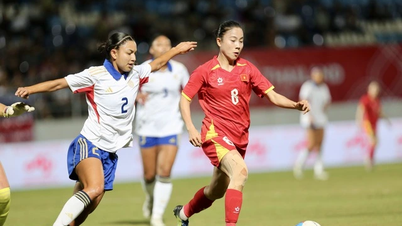
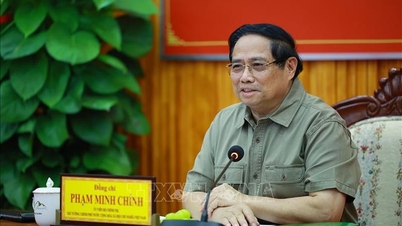

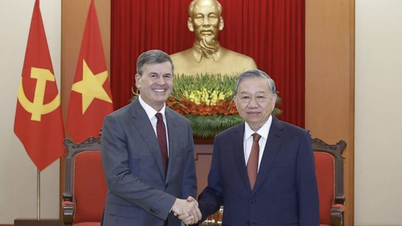


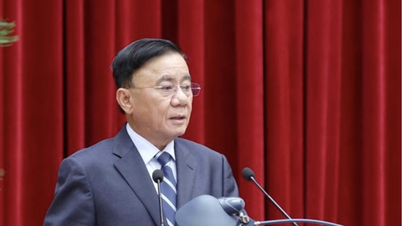
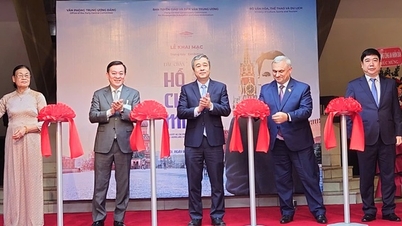

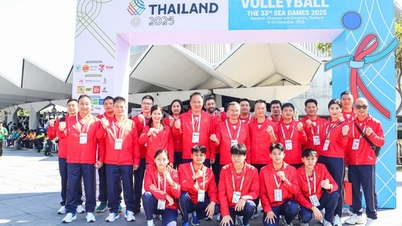
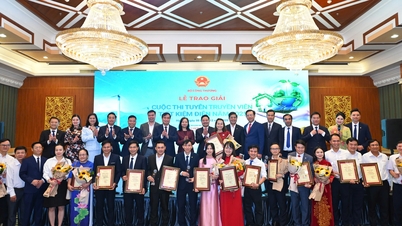


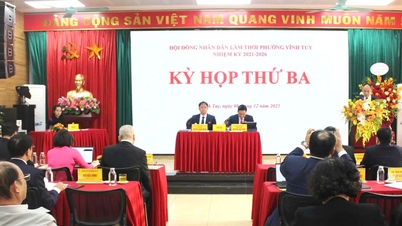
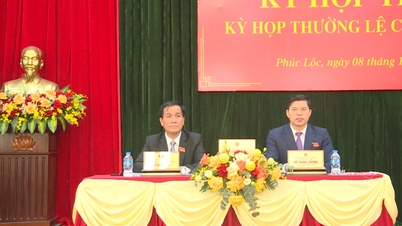


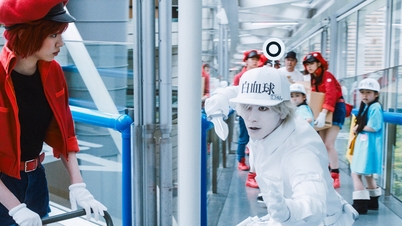

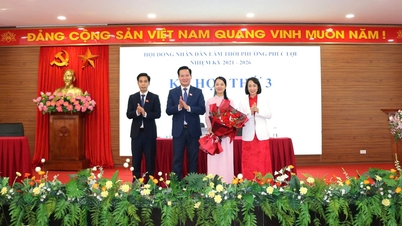
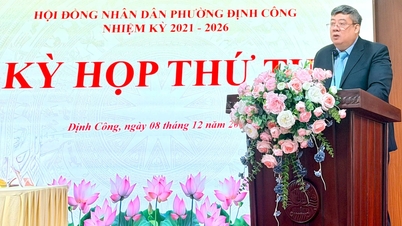











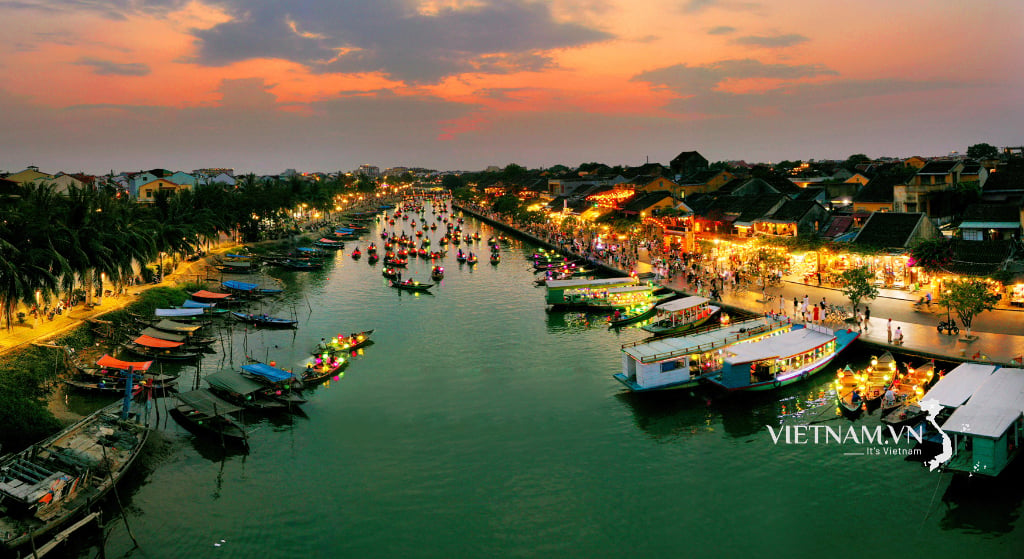




Comment (0)